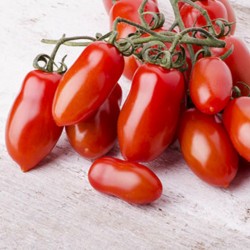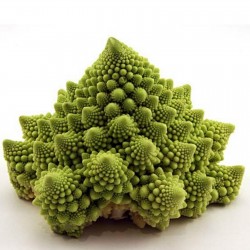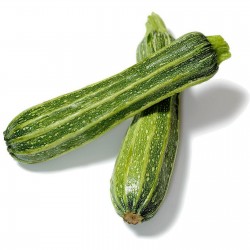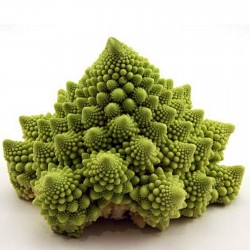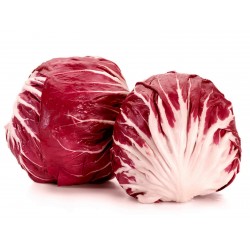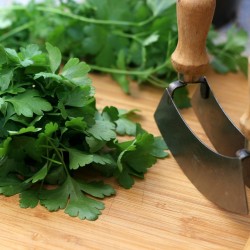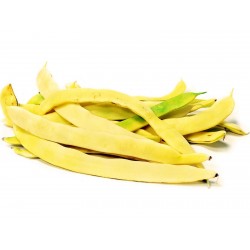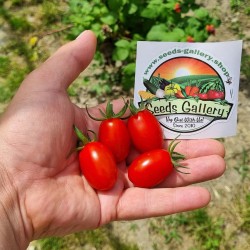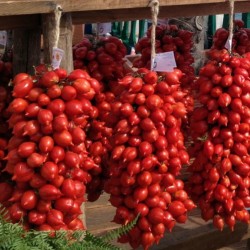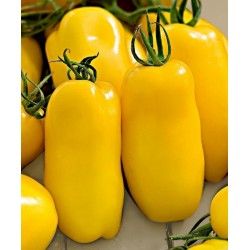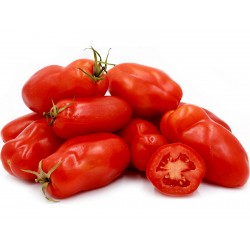Nutné cookies pomáhají, aby byla webová stránka použitelná tak, že umožní základní funkce jako navigace stránky a přístup k zabezpečeným sekcím webové stránky. Webová stránka nemůže správně fungovat bez těchto cookies.
| Název souboru cookie |
Poskytovatel |
Účel |
Uplynutí |
|
PrestaShop-#
|
www.exotic-seeds.store
|
Tento soubor cookie pomáhá udržovat relace uživatelů otevřené, když navštěvují web, a pomáhá jim provádět objednávky a mnoho dalších operací, jako jsou: datum přidání souboru cookie, vybraný jazyk, použitá měna, poslední navštívená kategorie produktů, naposledy viděné produkty, identifikace klienta, jméno, křestní jméno, šifrované heslo, e-mail propojený s účtem, identifikace nákupního košíku.
|
480 hodin
|


